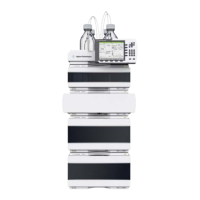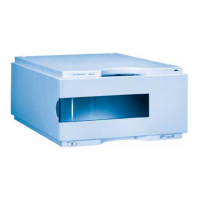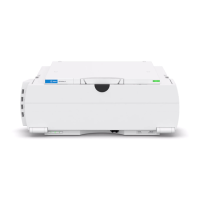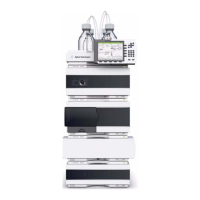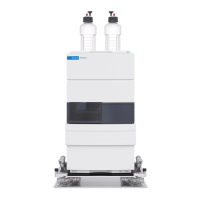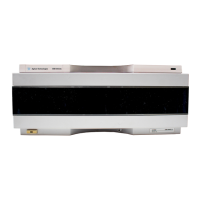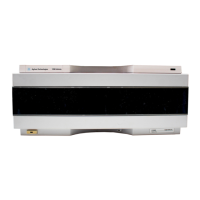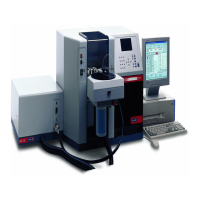19
The Agilent 1100 Series Control Module
Control Module Features
Control Module Features
The control module provides complete local control and monitoring of a single
module or an entire Agilent 1100 Series system. You have easy access on every
supported function, you can easily control all parameters and settings and you can
configure various communication channels with other devices, in order to
comfortably analyze the generated data.
• Install any desired configuration of Agilent 1100 Series modules. The control
module software will reflect which modules are present in the LC system and
adjust the screens accordingly.
• Enter parameter settings for every module, perform reset and on/off functions as
well as calibration and configuration settings in a self-explanatory and intuitive
way.
• Define automated analyses including methods, timetables, injector programs,
method sequences and automated calibration settings using the control module.
• Protect your method from any inadvertent keyboard changes by setting method
protection.
• Use PC cards to store and transfer methods and sequences between Agilent1100
systems.
• Monitor all operations and error events using the self-updating logbooks.
• Use the context-sensitive online information system to get further information on
all topics.
• Use the context-sensitive menu function to have the quickest access on related
functions.
• To help comply with Good Laboratory Practice (GLP) regulations you can select
a variety of module tests that will check the performance of the LC system.
• The early maintenance feedback (EMF) limits can be used for scheduling
maintenance work.
• Display data graphically using the Plot screen where as many as three different
signals can be monitored at the same time.
• Print information to a PCL3 compatible printer connected to the serial RS232
port of a Agilent1100 module.
